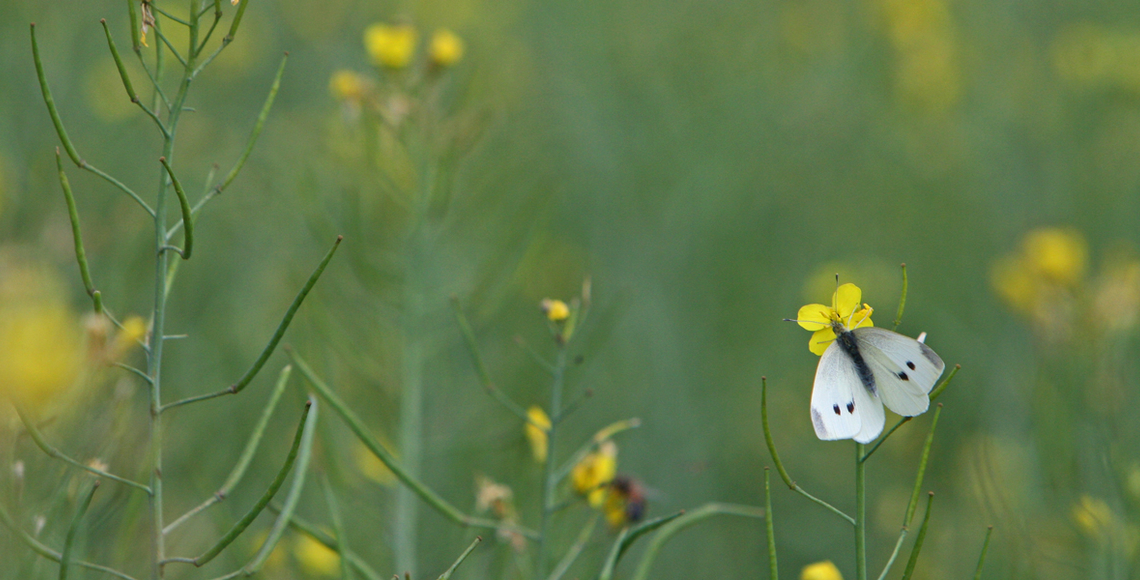Organisms today are faced with environmental change on a scale unknown in their evolutionary history. Their ancestral habitats have been converted to monocultures of crops or vast expanses of urban and suburban development, nutrient cycles are shifting due to fertilizer application, and the climate is changing rapidly. How will organisms respond to such novel and rapid changes in their environment? Not only is this a pressing question for conserving biodiversity today, but it is also relevant for understanding how past environmental change has shaped biological communities. The Snell-Rood lab studies how organisms develop and evolve in human environments and what this means for environmental restoration and conservation biology.
Joining our lab
Follow us on twitter
